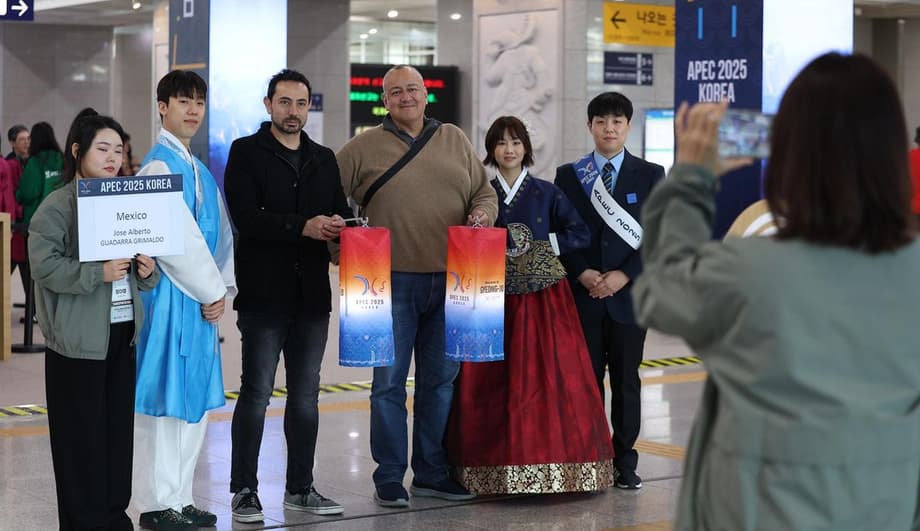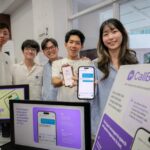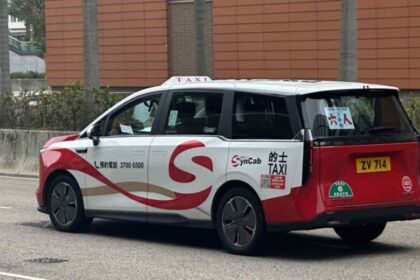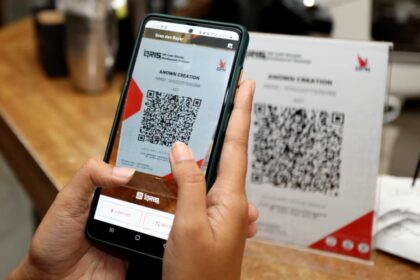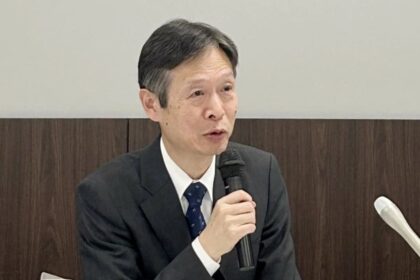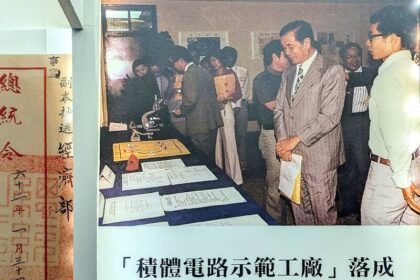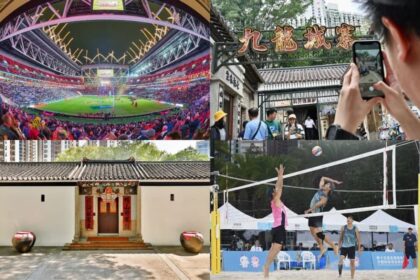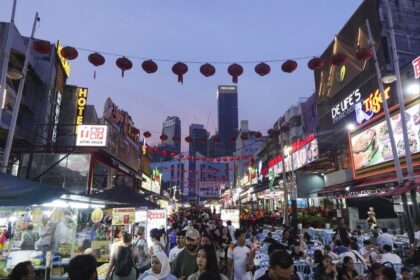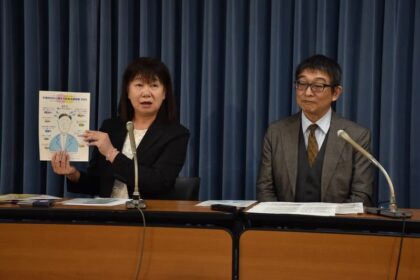A tech showcase meets real world use
Gyeongju welcomed leaders, delegates and visitors from 21 economies for Asia Pacific Economic Cooperation (APEC), and with them came an ambitious promise. South Korea deployed artificial intelligence interpretation across the city to make conversations smoother in taxis, hotels, restaurants and transit hubs. Devices and software covered up to 37 languages. The plan was simple. Reduce friction for travelers and help frontline workers communicate with guests from across the region. The reality on the ground was mixed. Many of the new tools were hard to find, slow to connect or unfamiliar to staff. Drivers and servers often reached for smartphone apps they already use daily. Some of the fixed kiosks worked well, offering quick back and forth in busy stations. Elsewhere, pairing screens froze, logins expired and usage stayed light despite the scale of the rollout.
- A tech showcase meets real world use
- What rolled out across Gyeongju
- How the translation devices work
- Drivers turn to familiar apps when seconds matter
- Restaurants and hotels saw uneven readiness
- Where the program worked as intended
- Why adoption lagged despite wide coverage
- Policy backdrop and what APEC leaders agreed
- What would make public facing AI tools stick
- At a Glance
What rolled out across Gyeongju
The city positioned AI translation devices at major entry points including Gimhae International Airport and Gyeongju Station. Hotels ranging from delegation lodgings to venues for heads of state received one on one interpretation units. Around 1,000 taxis were equipped with in cab systems that connect with riders via QR codes, and roughly 150 restaurants offered QR code based multilingual menus and portable two way devices at the table. Organizers said the systems supported 37 languages, covering every APEC member economy and several more spoken by tourists and business travelers. Volunteers and technicians fanned out across venues to help visitors and staff become comfortable with the new tools. City officials also promoted a broader technology showcase during summit week, from autonomous shuttles to extended reality tours. Preparations aimed to support hospitality and signal that South Korea is leaning into AI driven services.
How the translation devices work
AI interpretation combines three building blocks. First, speech recognition turns a person’s voice into text. Second, machine translation converts that text into the target language using statistical training and neural networks. Third, text to speech generates spoken output in a natural voice. Dedicated devices add push to talk buttons and noise reduction to make speech capture cleaner in busy areas. The taxi and table devices in Gyeongju often used QR codes to pair a guest’s phone with a local unit, so each side could speak and hear in their own language. That design can be convenient, but it depends on snappy connections, stable networks and clear instructions for both sides. Smartphone apps such as Papago or Google Translate run the same core steps on a single device. They add text entry and instant camera translation for menus or signs. That versatility has made them a daily habit for many workers who serve foreign guests.
Drivers turn to familiar apps when seconds matter
Taxi drivers said the government provided system was often slower to start and tougher to pair than the apps they already rely on. In trials, scanning a cabin QR code sometimes left riders staring at a screen that read “Waiting for the driver’s approval,” yet the driver’s tablet or phone showed no alert. Restarting apps did not fix the pairing. When tests eventually connected, they did so after several attempts, while phone apps translated right away.
Ko Sung woo, a Gyeongju taxi driver, described why he ignored the new setup in favor of the tools on his phone. He said he had used those apps with riders long before the summit and knew they worked. He also pointed to features beyond speech that he needs during a shift, such as point and translate for text on tickets or signs.
“I prefer using Papago because it is easier and can translate text instantly by taking a picture.”
Cheon Jong ryul, another driver, said the pairing process added steps and made short rides more complicated than necessary. He described moments when the new system took several tries before both sides could speak and hear, which can be awkward when traffic is moving and a passenger needs quick directions.
“The new system takes extra steps to set up and is less convenient in practice.”
That gap between a familiar phone app and a new city device helps explain why adoption lagged. Taxis are fast moving workplaces. Any delay at the curb or at the first turn can push drivers toward the quickest tool within reach.
Restaurants and hotels saw uneven readiness
In dining rooms near the Hwabaek International Convention Center, some staff and APEC volunteers were not aware that a translation device was available. In several cases, a server had to ask the owner to locate it in a back room before it could be used. Once powered on, staff described slow responses, comparing the speed to older 3G era connections. In those cases, smartphone apps felt quicker for a short exchange about orders, allergies or directions.
Hotels showed more consistent placement and signage, and some devices recorded recent use by guests from China and Japan. Even then, staff knowledge varied. During tests at one property near the Gyeongju Intercity Bus Terminal, the device logged out mid interaction and a spare unit had to be brought over. Training gaps and expiring sessions discouraged regular use during busy check in periods.
A front desk worker at a hotel near the terminal described light interest from guests, and how quickly a line can form if devices stall or need a reset.
“Mostly foreign guests who do not speak English try it, but during a seven hour shift only about seven people ask about it and most do not actually use it. Some guests find it interesting, and that is about it.”
These experiences were common during summit week. The devices were present, sometimes in plain view, sometimes not. When they were slower than the phones in people’s pockets, they often stayed idle.
Where the program worked as intended
Some fixed stations delivered the experience planners hoped for. At KTX Gyeongju Station, a visitor selected Chinese on a kiosk tablet, spoke into the microphone and saw a Korean translation appear on the monitor. When a staff member replied in Korean with bus directions, the kiosk produced a Chinese response. The traveler smiled and offered a thumbs up. Simple, clear interfaces and on site staff made a difference.
Stationary kiosks also removed the pairing step. Guests did not need to wait for a driver’s approval or start a private link in a crowded dining room. That straightforward flow mirrored the way information desks already work, which made it easier for both sides to adopt on the spot. In some hotels, devices near reception saw steady but limited use during peak arrival times by guests who were less comfortable with English or Korean. Residents who interacted with the systems said they made it easier for visitors to ask for directions and hoped these units would remain available after the summit.
Why adoption lagged despite wide coverage
The city put a large network of devices in place. Yet usage patterns showed how design choices, training and context shape whether a public service tool becomes part of daily life.
Friction at the first tap. QR code pairing is common, but it must work in a few seconds, every time. Any delay pushes people to reach for the app they already trust. In cars, the window to connect may be one short light cycle. In restaurants, a server cannot keep a table waiting while they retry a connection.
Discoverability in busy spaces. Devices stowed behind counters or in back rooms might as well not exist. Clear signs and simple prompts at eye level help, especially when staff turn over between shifts.
Training and ownership. Staff who had not practiced with the devices struggled when guests asked for them. Small issues like expired logins, dead batteries or weak Wi Fi became showstoppers. Assigning responsibility for daily checks helps avoid first use failures.
Speed and reliability. If a device feels slower than a phone, it loses. Users compare new tools with the best consumer apps on the market. Even a short lag can break a conversation rhythm, especially in a taxi or at a busy front desk.
One device versus many needs. Smartphone apps handle speech, text and images. Drivers often need to translate a receipt or a photo of a destination. A dedicated voice device can fall behind if it does not also solve those tasks.
Trust and handoff. People in a hurry fall back on what they know. The fastest way to build trust is to make the first experience flawless. A shaky debut is hard to overcome during a short event.
Policy backdrop and what APEC leaders agreed
AI was not just a local showcase in Gyeongju. It was a headline theme for leaders. At the end of the APEC Economic Leaders Meeting, economies adopted the Gyeongju Declaration that highlights artificial intelligence, digital innovation and inclusive growth. Leaders set three guiding priorities. Build a dynamic and connected regional economy. Prepare for digital and AI transformation. Make sure growth is shared across communities and workforces. They also endorsed an APEC AI Initiative aimed at helping member economies develop capabilities and apply AI in practical ways.
The translation rollout fit the moment. It was a tangible attempt to use AI to solve daily communication barriers for visitors and workers. The mixed results point to the difference between policy intent and service usability. Bridging that gap is now part of making the declaration real in city services, transport and tourism.
What would make public facing AI tools stick
Several practical steps could raise adoption if Gyeongju or other cities keep these devices in service after the summit. The focus is less on flashy hardware and more on reliability, speed and integration with familiar habits.
Meet users where they already are. Drivers and clerks live on phones. Integrating the city system with popular local apps can remove extra steps. For taxis, routing a translation pane inside the dispatch or navigation app would cut the QR code handshake entirely.
Reduce the setup steps. Auto pairing through near field tap, Bluetooth or a short numeric code can be faster than a QR scan and approval. If a QR flow is required, show both sides a clear paired confirmation instantly, with a visible fallback path if the first try fails.
Design for noisy, spotty environments. Cars, lobbies and food courts are loud. Microphones and models should handle interruptions. Where networks are weak, ship strong on device models and cache the top language pairs so that speed does not collapse when Wi Fi drops.
Add image translation and quick text. Menus, rail tickets and street signs are constant use cases. If a dedicated device cannot offer a camera, create a simple way for a guest to scan with their own phone and pass the result to the shared session, without a long pairing dance.
Make ownership clear. Put devices where everyone can see them, and assign a person per shift to check charge, login status and network. A single laminated quick guide at each location prevents guesswork when a guest is waiting.
Track real usage and iterate. Count sessions, successful pairings and drop rates by location and time of day. Share those numbers with operators and use them to target fixes where they matter most.
Keep a human fallback. Volunteers and staff interpreters remain essential for complex requests or medical needs. AI tools work best when they speed simple tasks and hand off gracefully when the stakes are higher.
At a Glance
- South Korea deployed AI interpretation in Gyeongju for APEC, covering up to 37 languages across taxis, hotels, restaurants and transit hubs.
- About 1,000 taxis, 140 accommodations and 150 restaurants received systems, many using QR codes to pair with guest phones.
- On the ground use was limited where pairing stalled, devices were slow or staff were unfamiliar with the steps.
- Drivers often stuck with phone apps such as Papago and Google Translate, which handled speech, text and images in one place.
- Fixed kiosks at stations delivered smoother experiences, with clear interfaces and staff support.
- APEC leaders adopted the Gyeongju Declaration with priorities on AI, digital transformation and shared growth, and endorsed an APEC AI Initiative.
- Future gains hinge on faster setup, better placement and training, offline capable models, and integration with tools workers already use.


